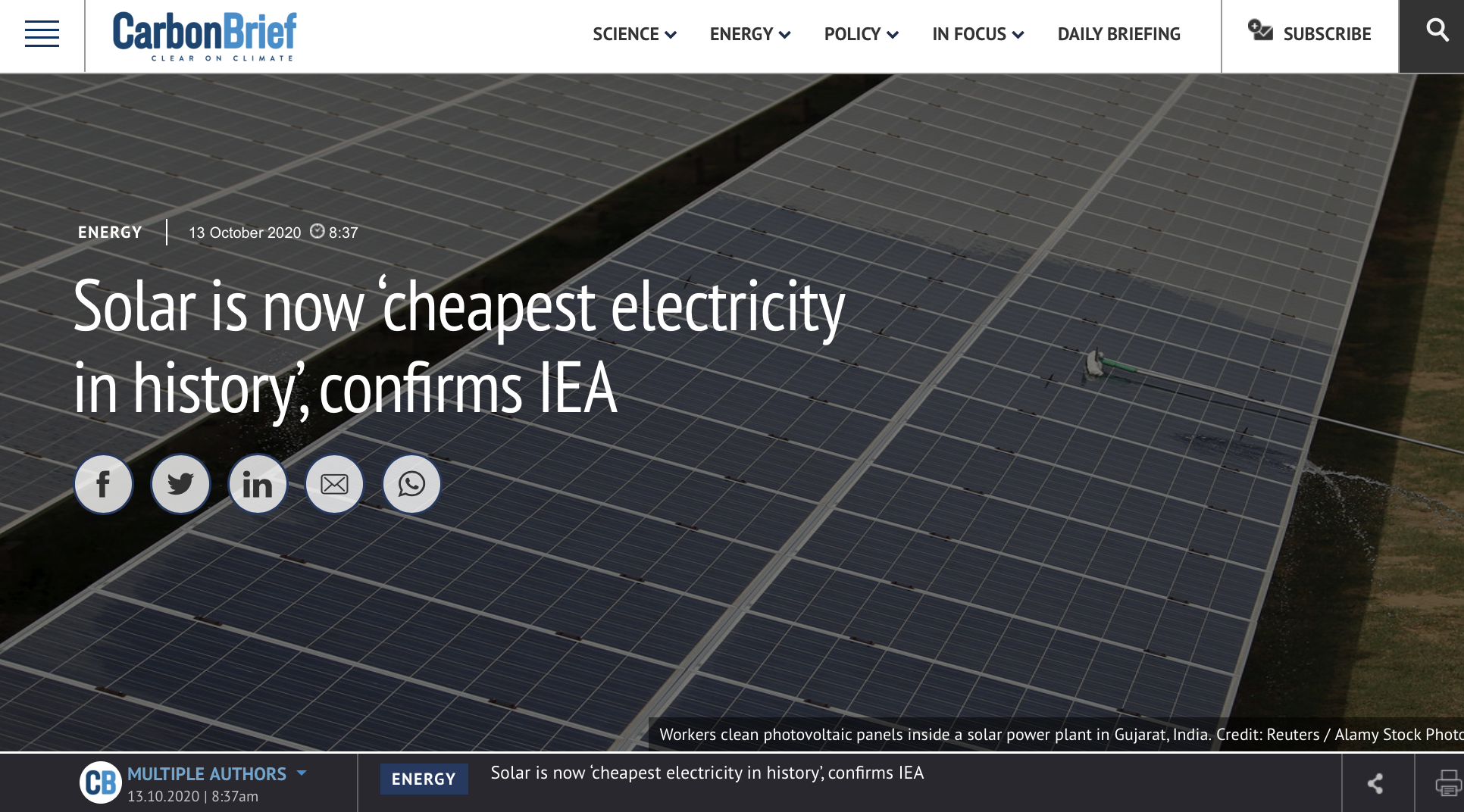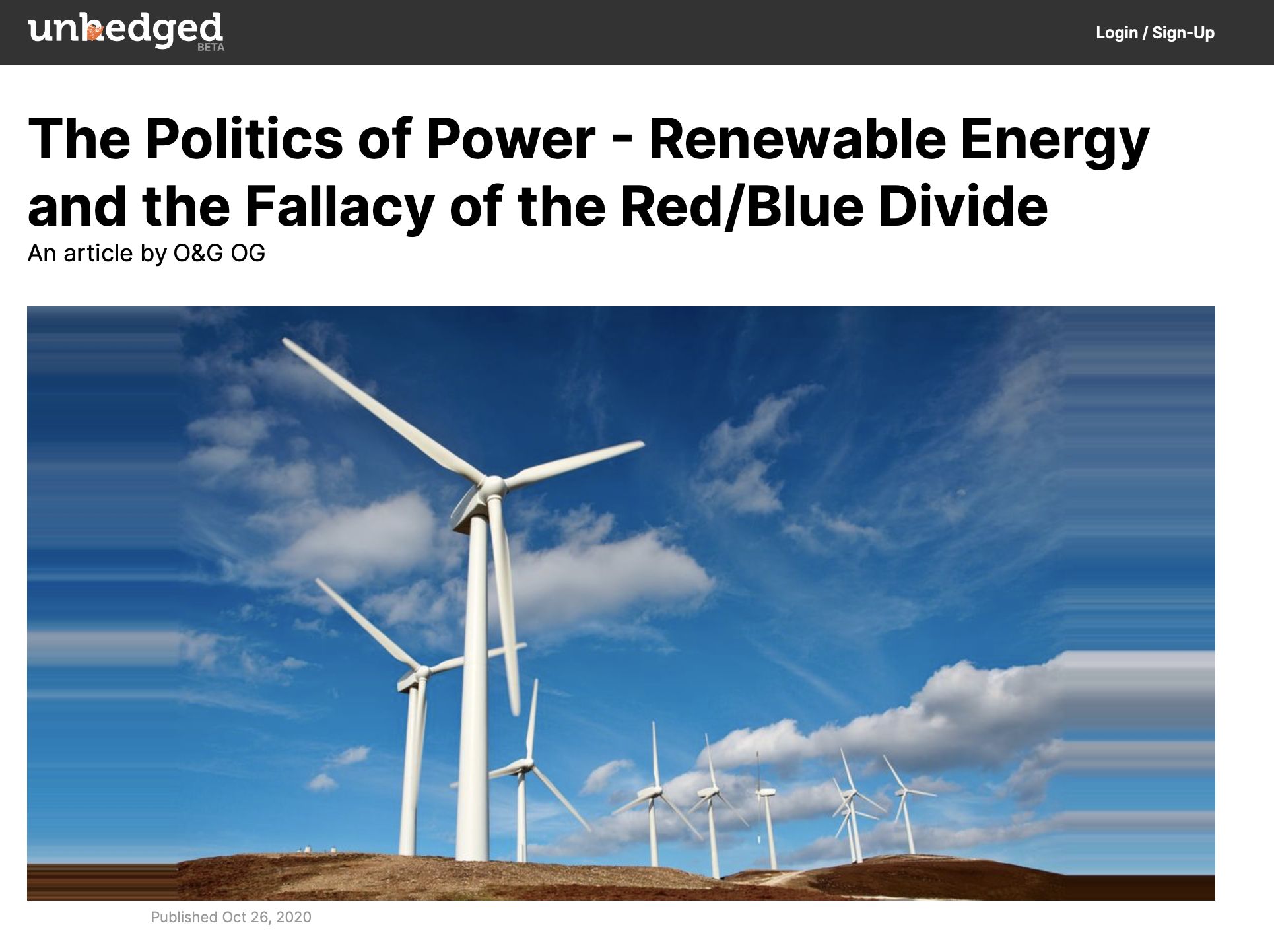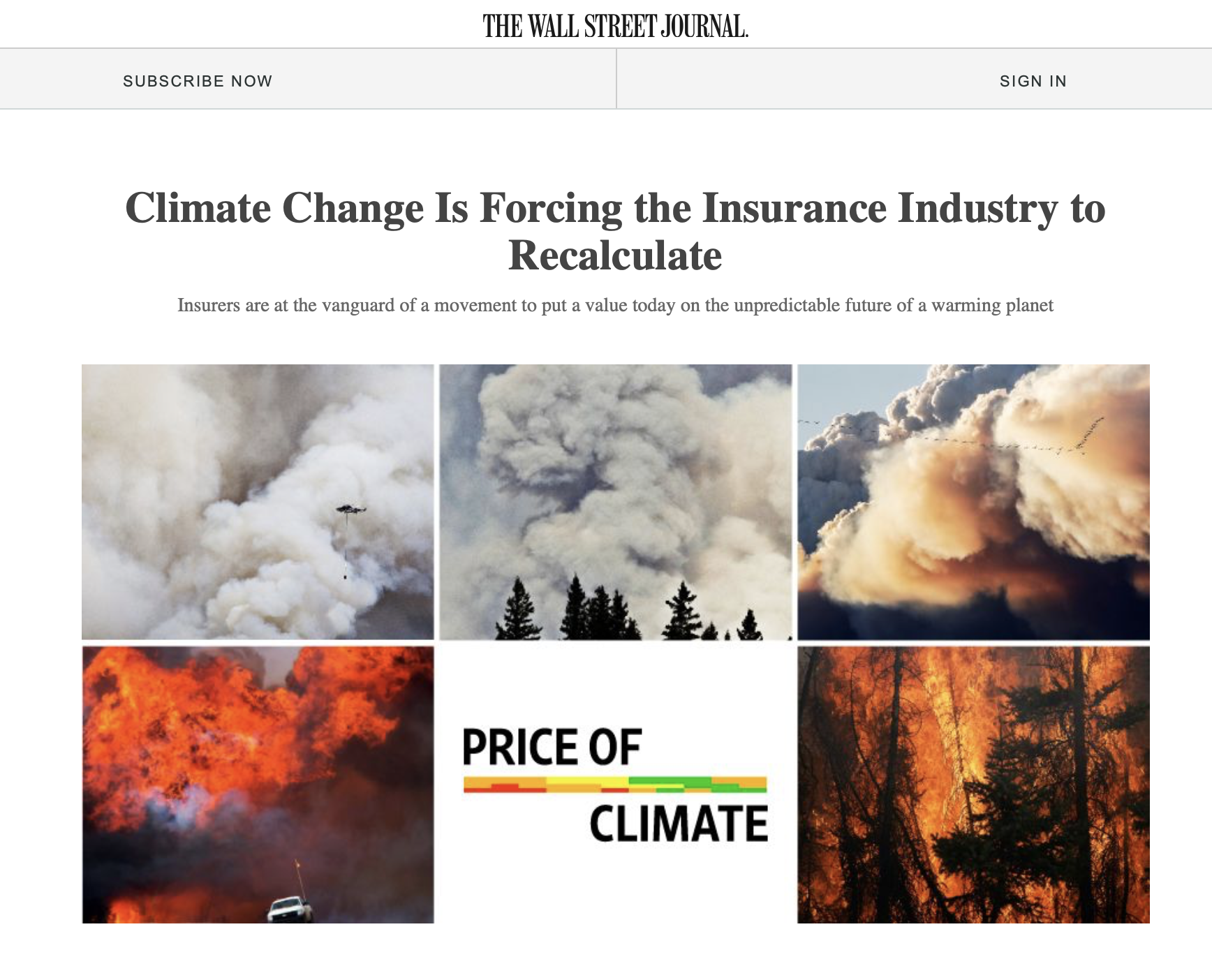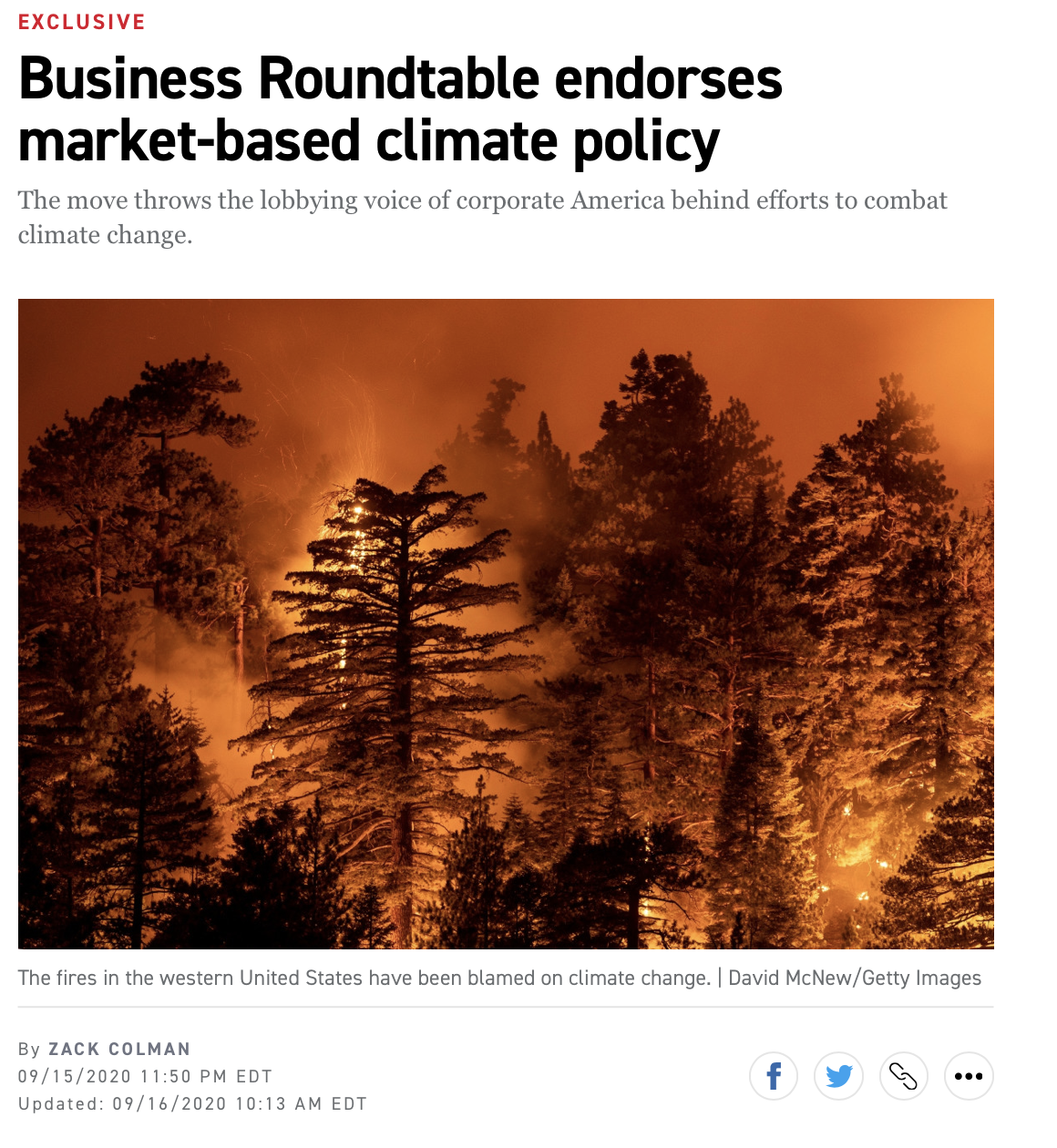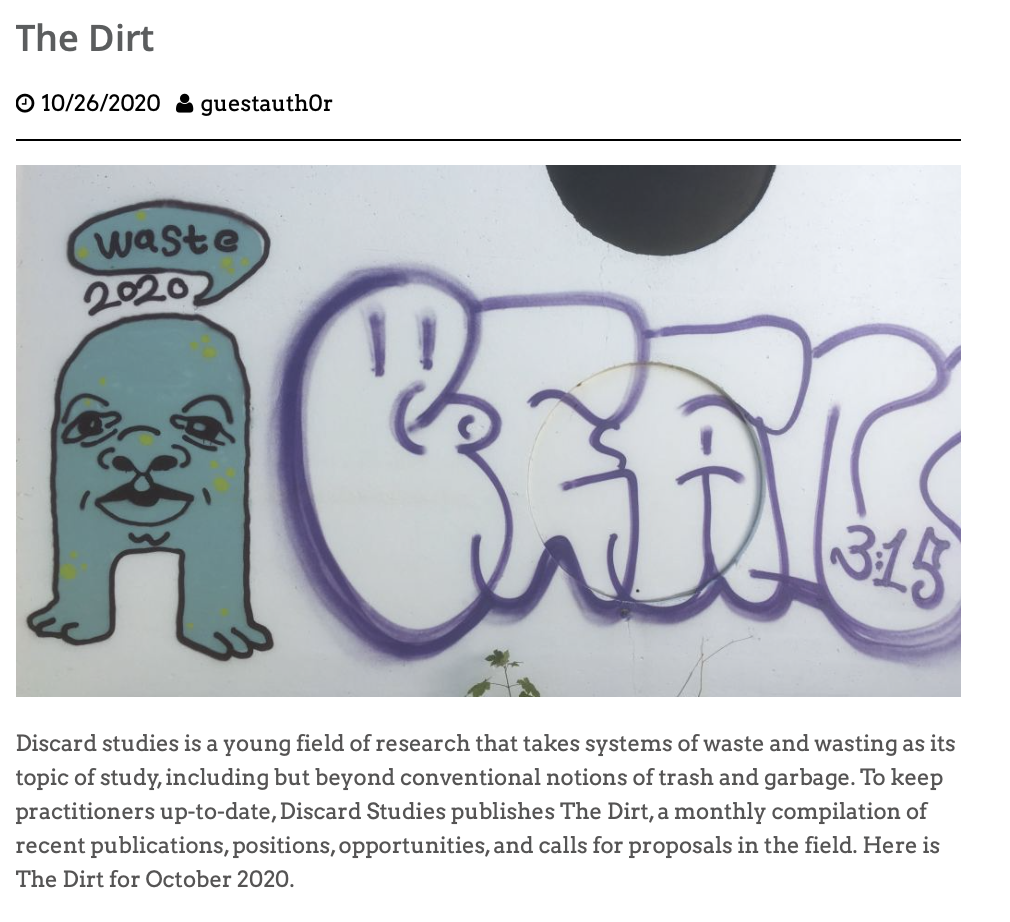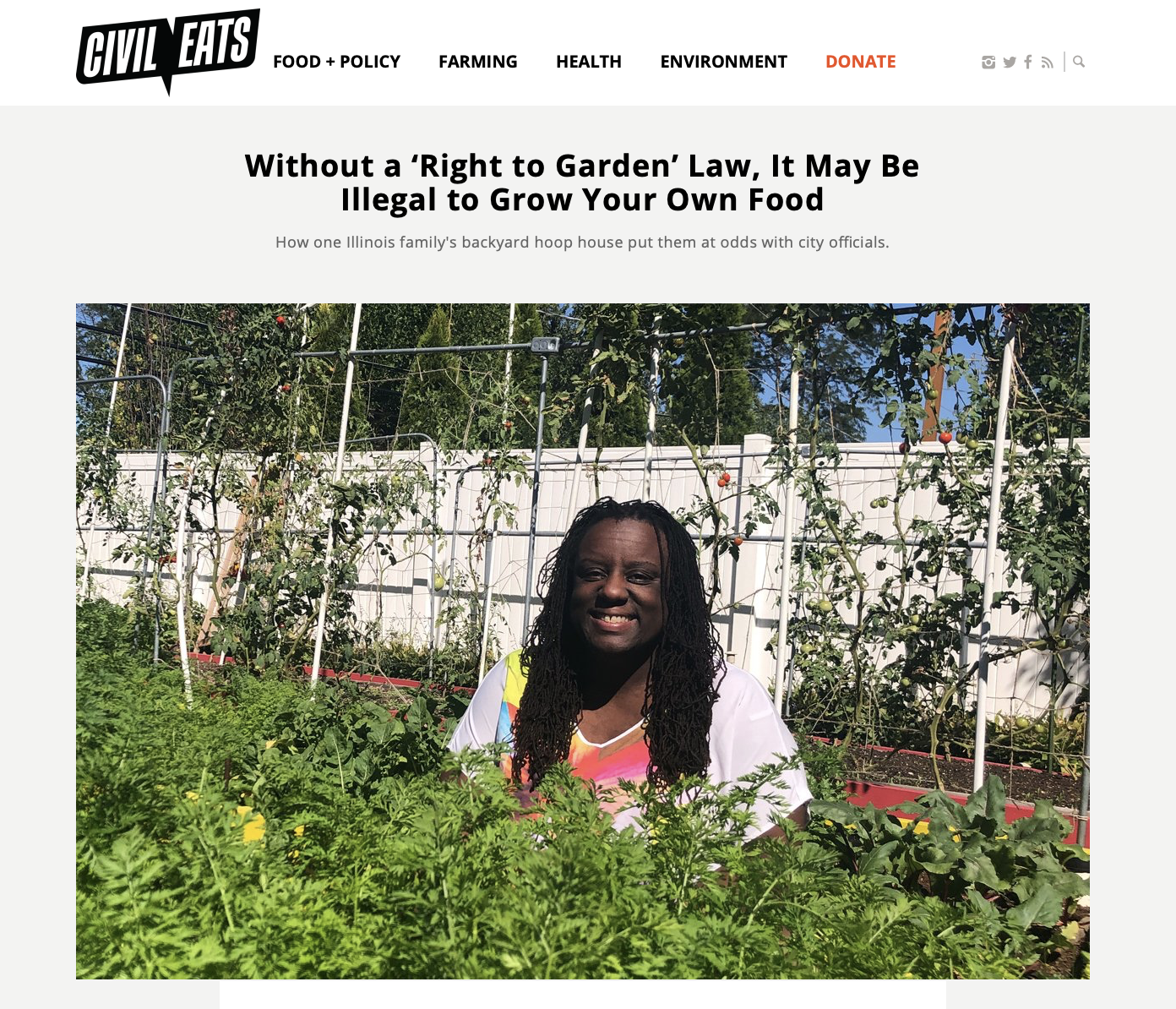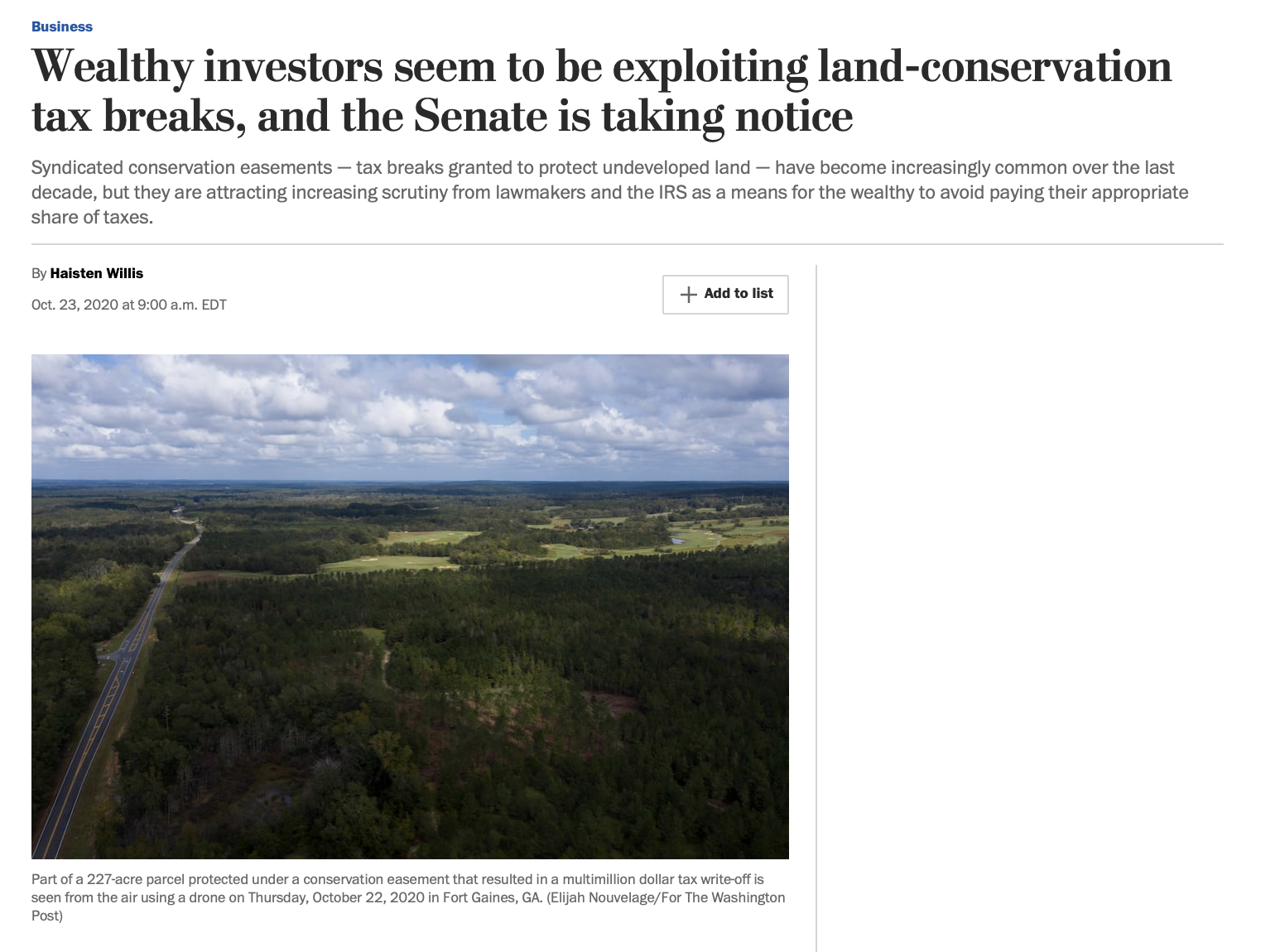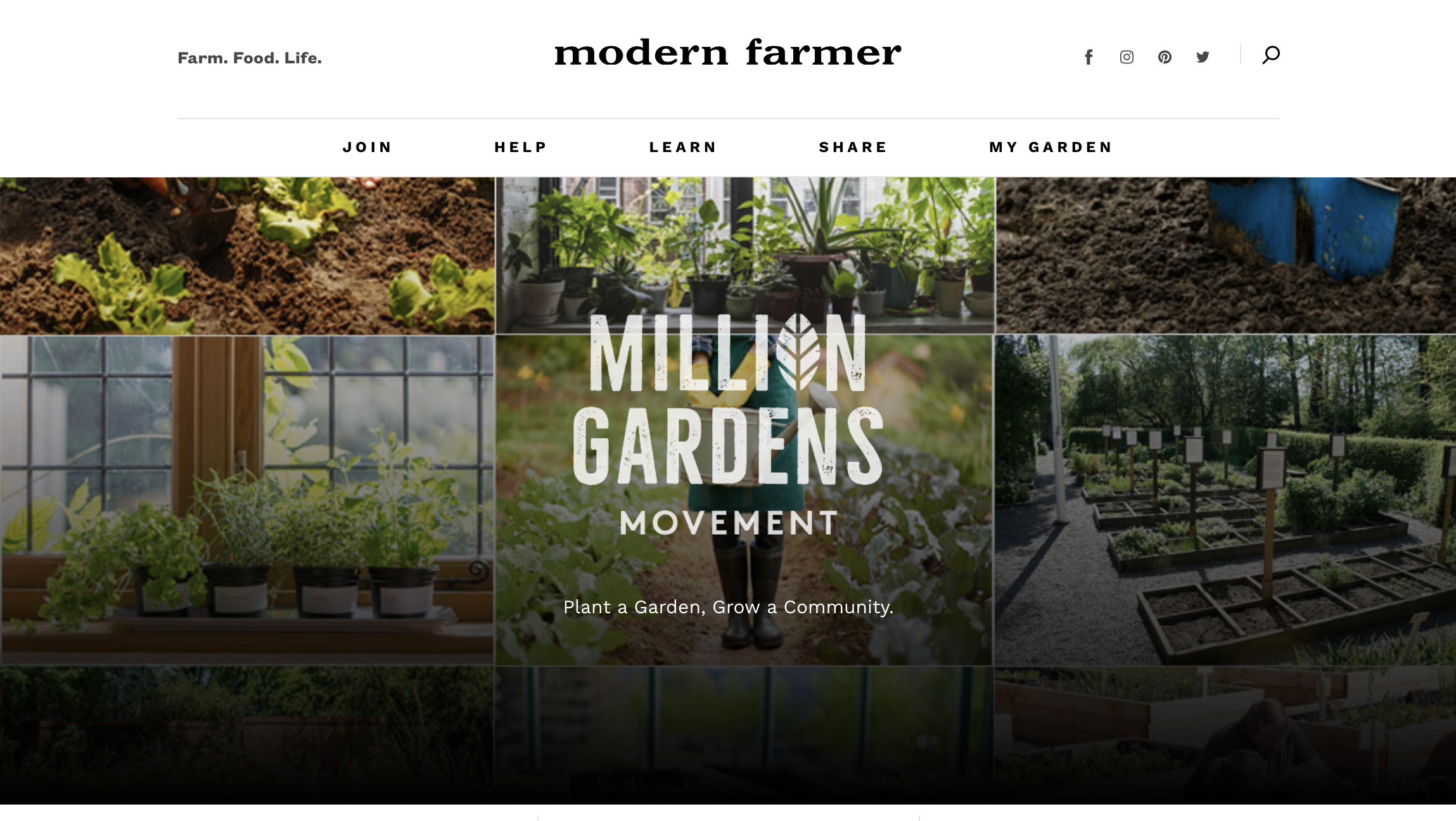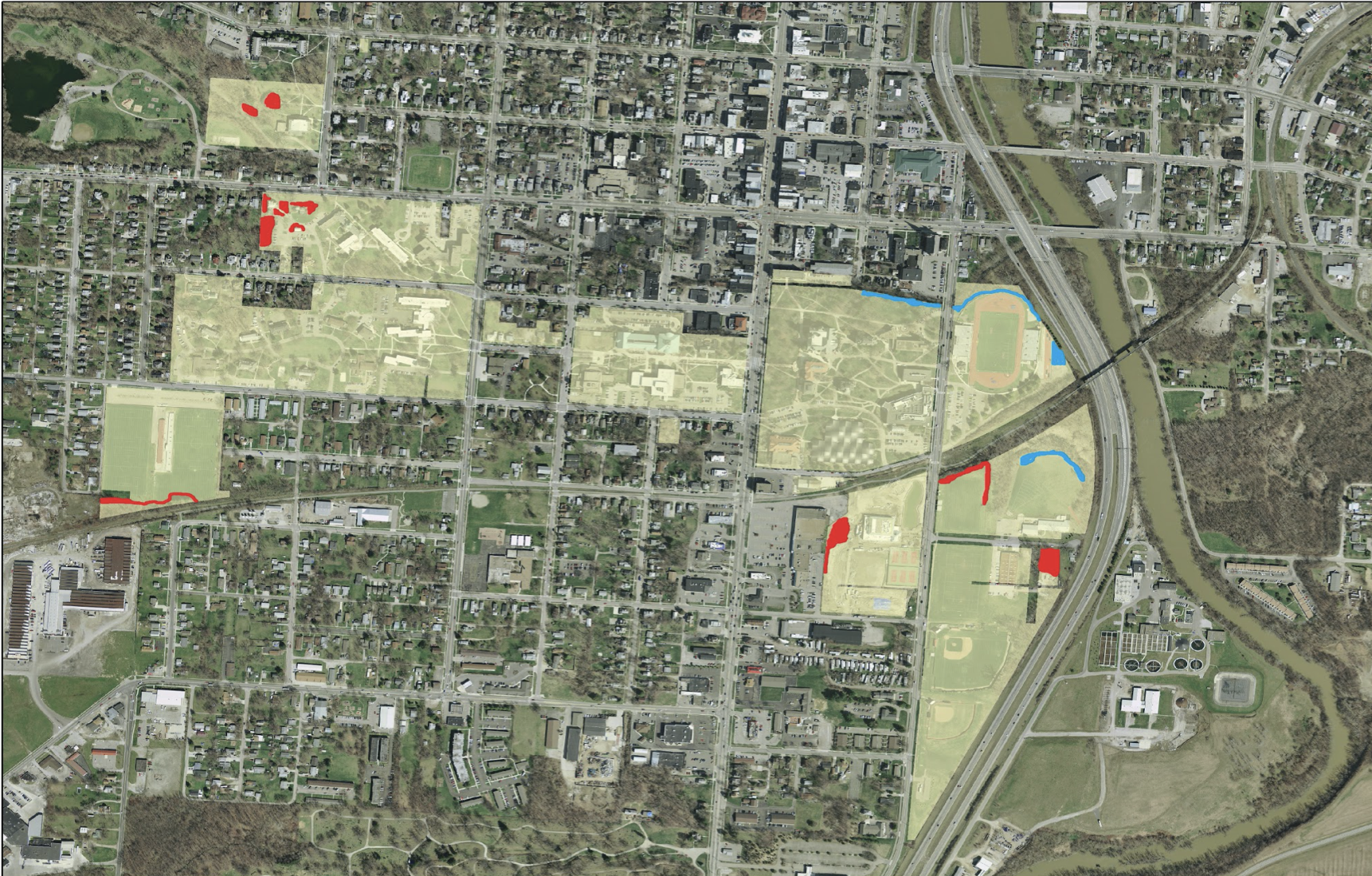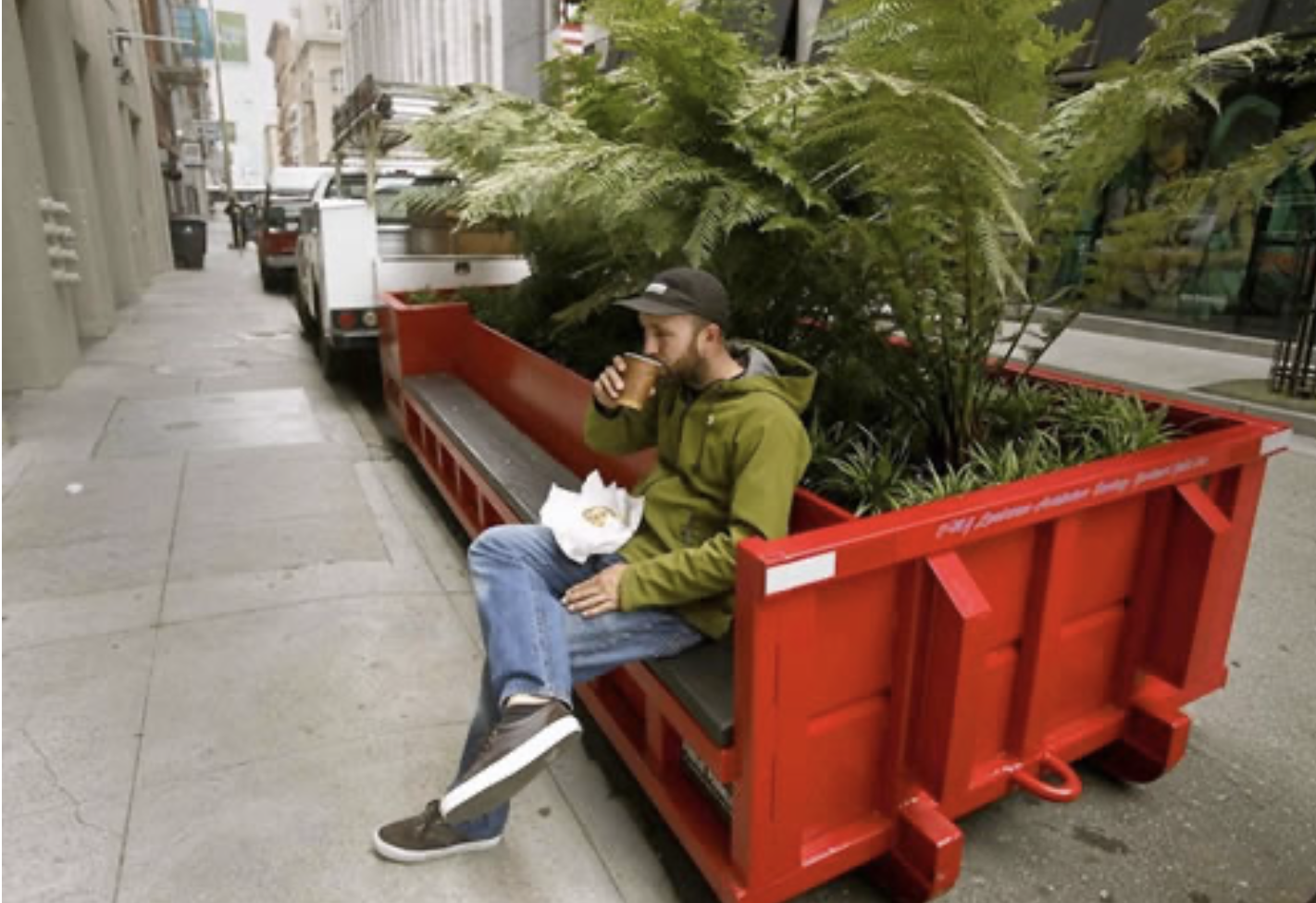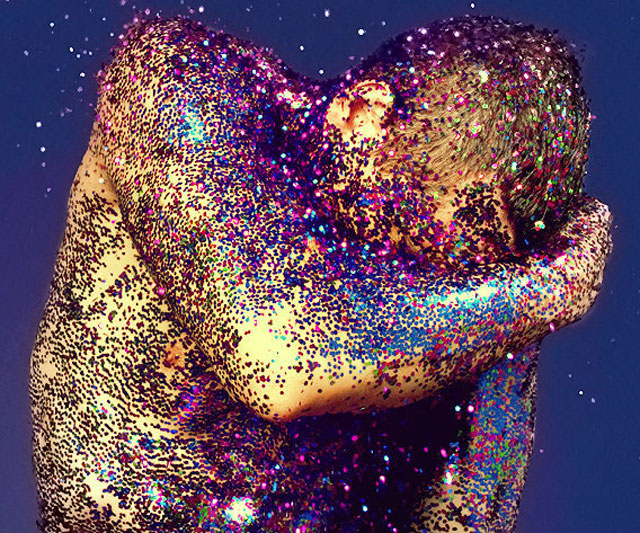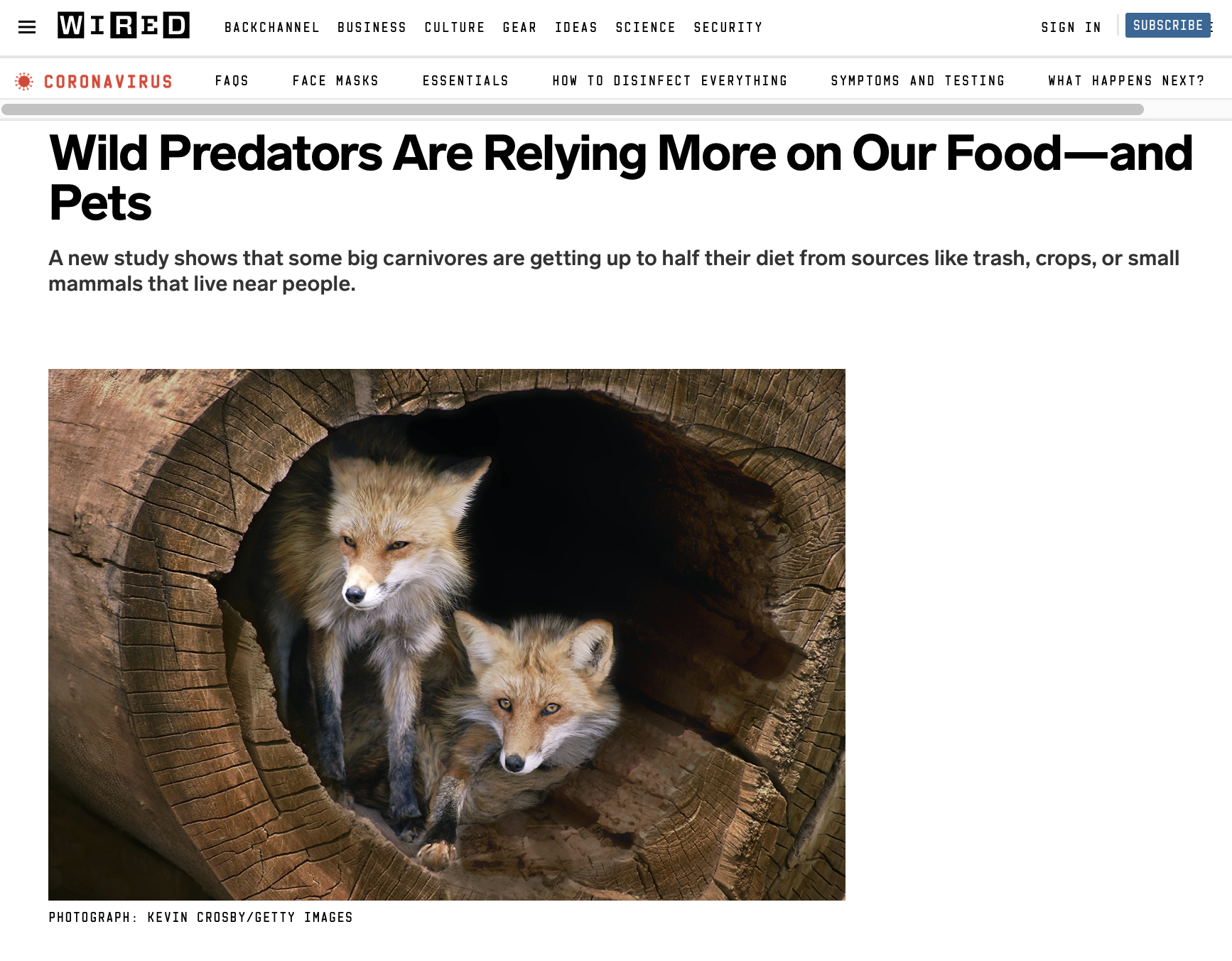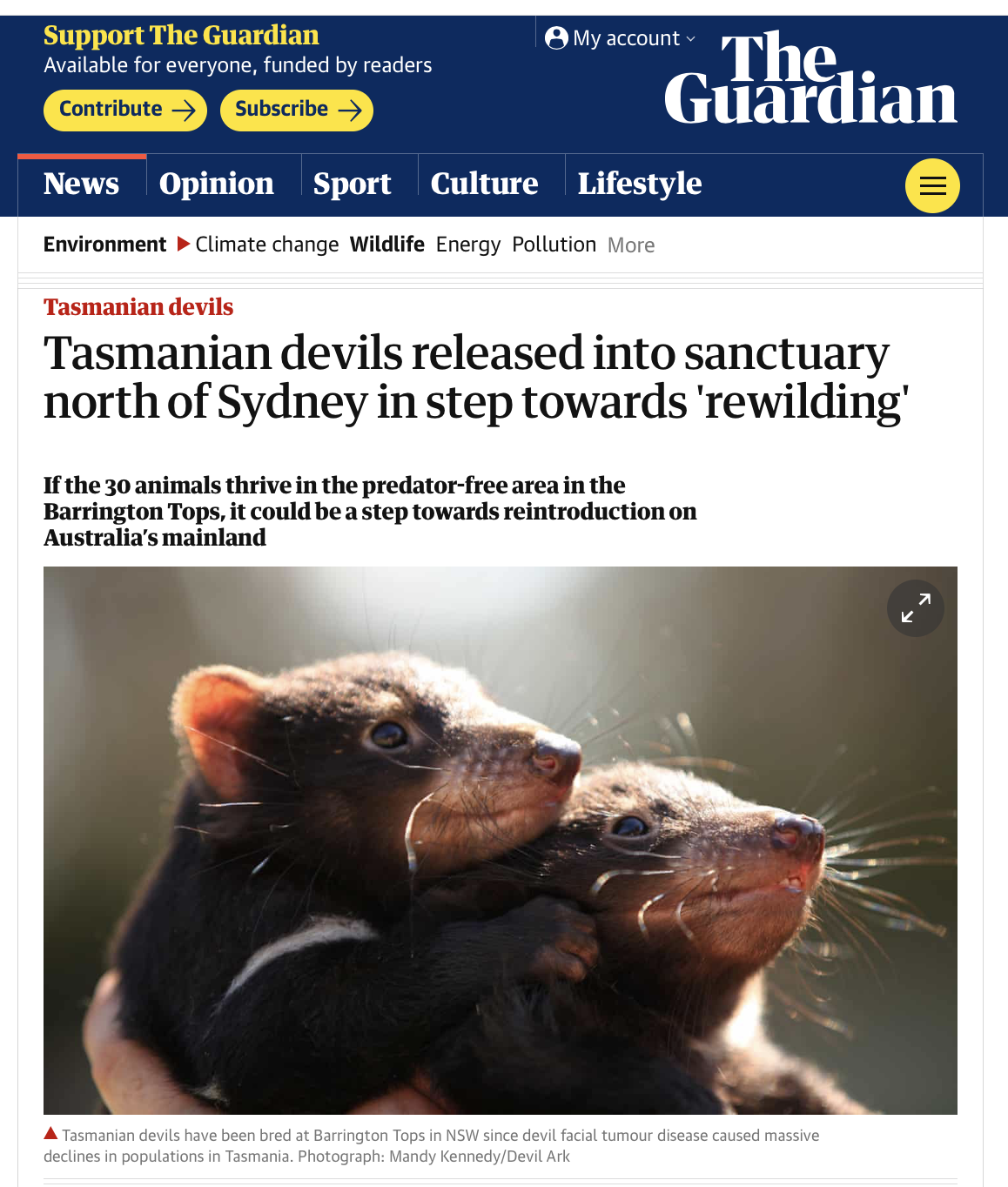
Some pleasant information on the suits used by entomologists hunting giant Asian wasps on the West Coast of the US
Previous outfits were found to be lacking and the wasp hunters did not have a huge budget:
Normal beekeeping outfits won’t cut it. Last year, when a Canadian team tackled an Asian giant hornet nest in Nanaimo, British Columbia, where the hornet first turned up in North America, the person tasked with the extraction wore two pairs of pants as well as a Kevlar vest under his regular apiarist attire. Despite all that, he described the seven stings he suffered as “similar to having red-hot thumb tacks driven into the flesh.” So what’s an Asian giant hornet hunter to do? Head to Amazon, of course.
The agency ended up ordering about 15 of the $170 suits, which, according to the Amazon listing, are made by a company called Vevin. They’re advertised as professional anti-wasp, -hornet, and –yellow jacket protective apparel—though not specifically as being protective against Asian giant hornets. The one-piece suits are constructed of three layers: a 20-millimeter-thick slab of foam sandwiched between an inner and outer coating of soft plastic mesh. Black nylon taping reinforces the seams, zipper, and the top of the attached hood, where a battery-powered fan moves air around and keeps the wearer cool.
Source: What to wear when you’re battling giant, venomous hornets
